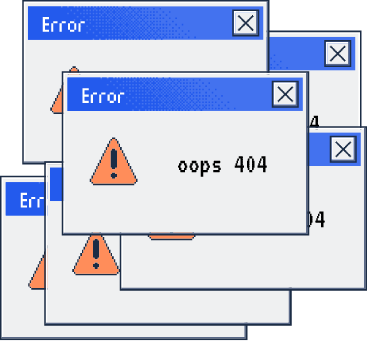Well. This is awkward.
We moved the page you were looking for. Try our Resources section for the latest and greatest content from some very cool marketers.

We moved the page you were looking for. Try our Resources section for the latest and greatest content from some very cool marketers.
